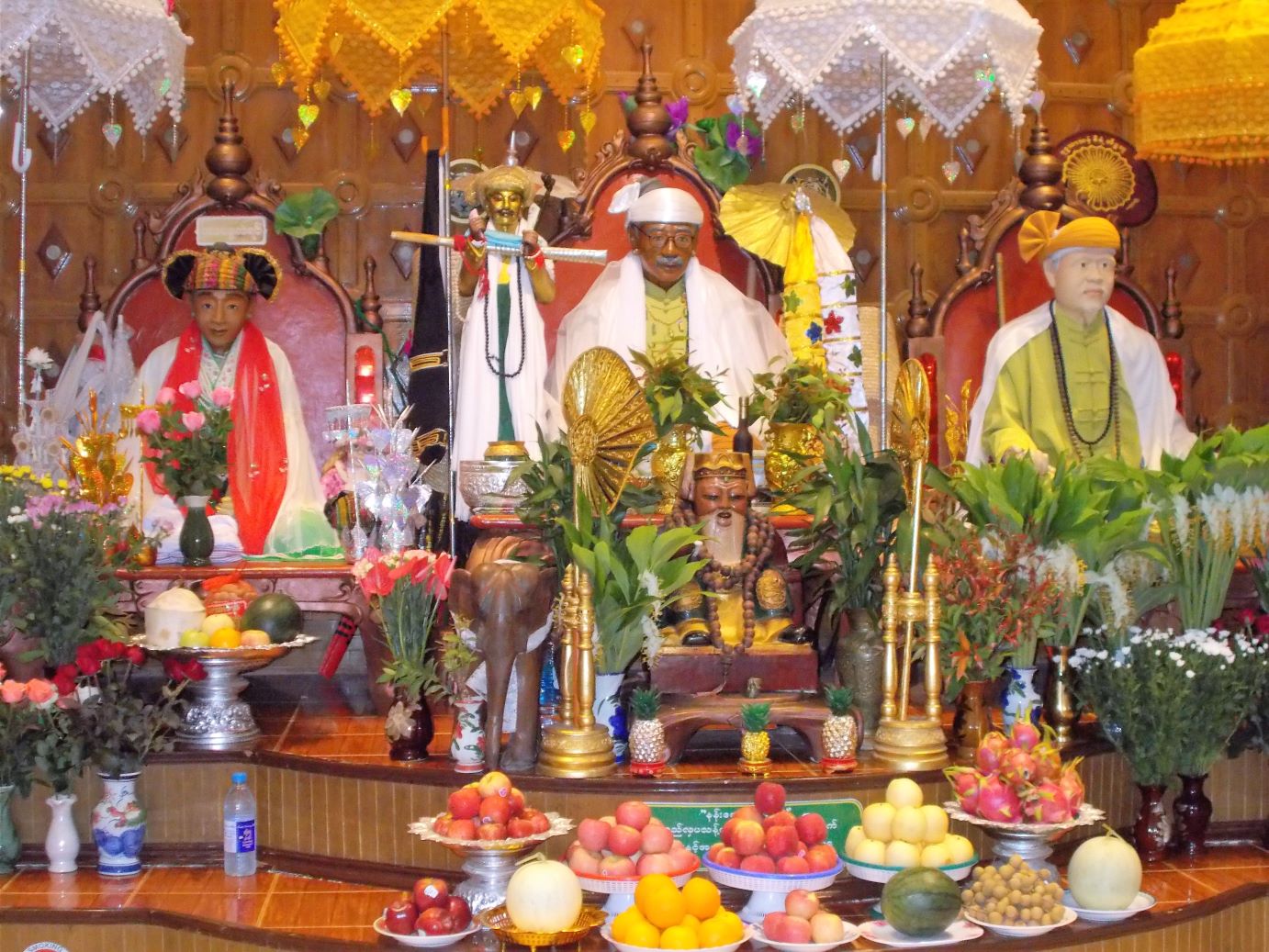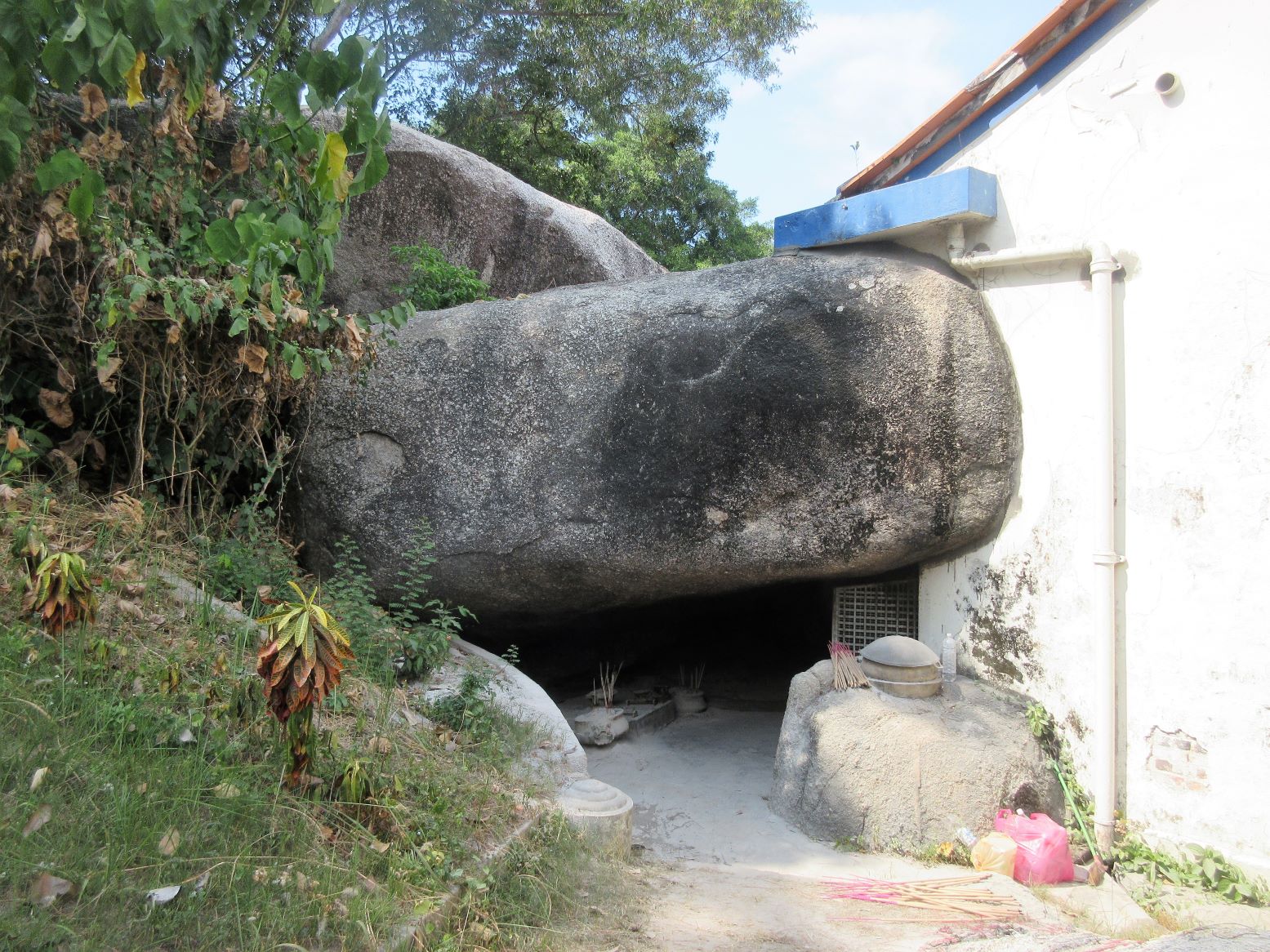Incubation
"Reconsidering Multi-layered Faith: Toward an Alternative Hypothesis on Southeast Asian Religions for the Next Generation"
R6-7 1-4 (R6 AY2024)
| Project Leader | Kataoka Tatsuki (Kyoto University, Graduate School of Asian and African Area Studies) |
| Collaborators | Nishida Masayuki (Tohoku Gakuin University, Center for Liberal Arts Education) Shimojo Hisashi (Kobe University, Graduate School of Intercultural Studies) Tsumura Fumihiko (Meijo University, Faculty of Foreign Studies) Kobayashi Satoru (Kyoto University, Center for Southeast Asian Studies) Nishikawa Kei (Ishinomaki Senshu University, Faculty of Human Studies) Nishi Naomi (Doshisha University, Center for the Interdisciplinary Study of the Monotheistic Religions) Maeta Saki (Kobe University, Graduate School of Intercultural Studies) Nakajima Sakine (Kyoto University, Graduate School of Asian and African Area Studies) Ogawa Emiko (Tokyo University of Foreign Studies, Research Institute for Languages and Cultures of Asia and Africa) Kato Kumiko (Sophia University, Institute of Asian, African, and Middle Easetern Studies,) |
| Research Project | Reconsidering Multi-layered Faith: Toward an Alternative Hypothesis on Southeast Asian Religions for the Next Generation |
| Countries of Study | Thailand, Vietnam, Malaysia, Indonesia, Cambodia |
Outline of Research
This study attempts to present a new insight for Southeast Asian studies from the perspective of folk beliefs by reconsidering the multi-layered faith model that has become established in the field of Southeast Asian studies. By referring to an analogy of geologic strata, the multi-layered faith model latently implies a distinction between indigenous beliefs and imported world religions, so the analytical scheme tends to be static and to end up categorizing elements according to institutionalized religious traditions. In order to go beyond the limitations of such an accepted theory and depict the contemporary dynamics of Southeast Asian religions, this study focuses on three aspects: (A) relations with world religions, (B) relations between ethnic groups, and (C) relations with the state, and examines the mutual interactions surrounding the gods of folk beliefs in each aspect.
Purpose of Research, Its Significance and Expected Results, etc
The purpose of this research is to present a new model for the theory of Southeast Asian religions and Southeast Asian world to surround them by repositioning folk beliefs, which have until now been automatically considered to represent the older layers of culture, within the context of religious dynamics in modern and contemporary Southeast Asia.
The significance of this research is that it reexamines the early theory of Southeast Asian religions based on the accumulated research by the previous generation who have been devoted to exploring the uniqueness of the Southeast Asian world (for example, Kobundo's "Koza Tonan Ajia Gaku" series), and by freeing Southeast Asian religious theory from the search for prototypes common to Southeast Asia, it attempts to present new dynamics of Southeast Asian religions and, by extension, Southeast Asian society, while incorporating the perspectives of mid-career and young researchers who will lead the next generation.
Through this joint research group, we hope to arrive at a new working hypothesis for the next generation of Southeast Asian religious theory from the perspective of extra-institutional folk beliefs, and, based on the findings obtained there, to hypothetically propose a new image of the Southeast Asian region seen from the perspective of religious dynamics. This joint research project is premised on applying for and receiving a Grant-in-Aid for Scientific Research, so after the project is over, a special feature will be contributed to the journal Japanese Journal of Southeast Asian Studies (Japanese) or Southeast Asian Studies (English) as an interim report of the joint research funded by the grant. Furthermore, at the end of the project, a collection of papers will be published that includes the results of this joint research.



